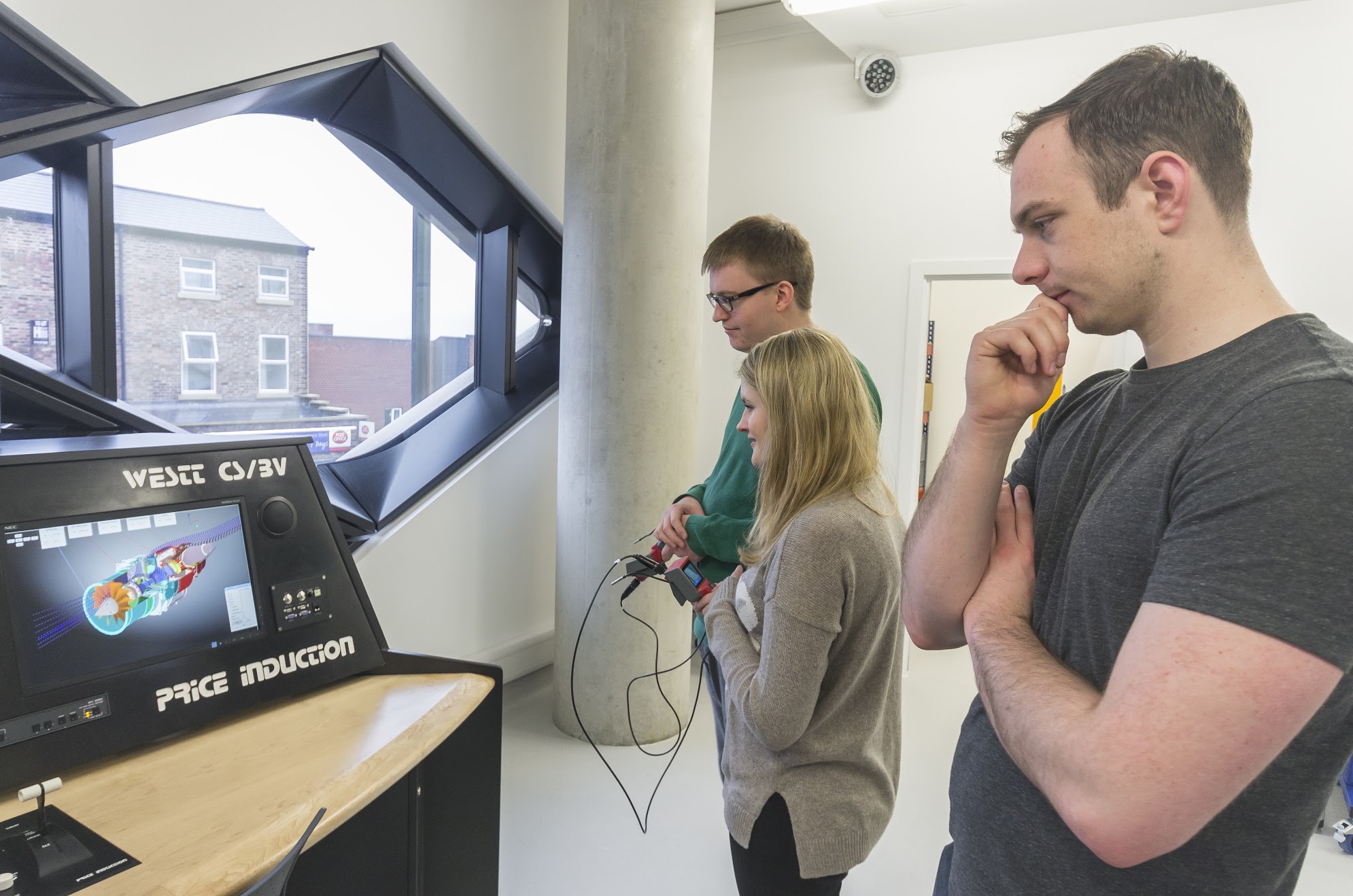
What goes in a conclusion?
The conclusion is a short review of what you have found from your experiment. It's an opportunity to restate the aims or key questions and to summarise the key points raised in the results and discussion sections.
A conclusion is different from an abstract or summary (which we will cover next week) because it does not summarise the whole experiment (aims, method, results, findings), merely the findings and applications.
It should be a series of brief statements. For example:
Sample A was found to have a significantly higher concentration of X than Sample B.
or
The results suggest a linear relationship between J and K. A very strong positive correlation was found (R = 0.95).
or
No statistically significant differences were found between the samples.
Further study with a larger sample is recommended in order to determine whether differences exist between the populations.
It should cover both the findings of the experiment and its applications and should link back to the aims and objectives.
It can also contain proposals for future work, or these can be placed in a separate ‘Further Work’ section. For example, if the experiment found statistically significant results or trends, you might recommend applying the work to different samples or testing further variables; if differences were not found, refining the experiment or extending it to a larger sample.
The conclusions should not contain any new information - they are merely summarising things that have been covered in detail in the previous sections. For that reason, you should not enter into extended discussion or explanation in the conclusion. It should consist of brief sentences or bullet points.
In summary:
- A conclusion is not an abstract - it should only cover the findings and applications of the experiment.
- A conclusion is not a discussion - it should be brief statements.
- A conclusion should summarise things already covered, not introduce new things.